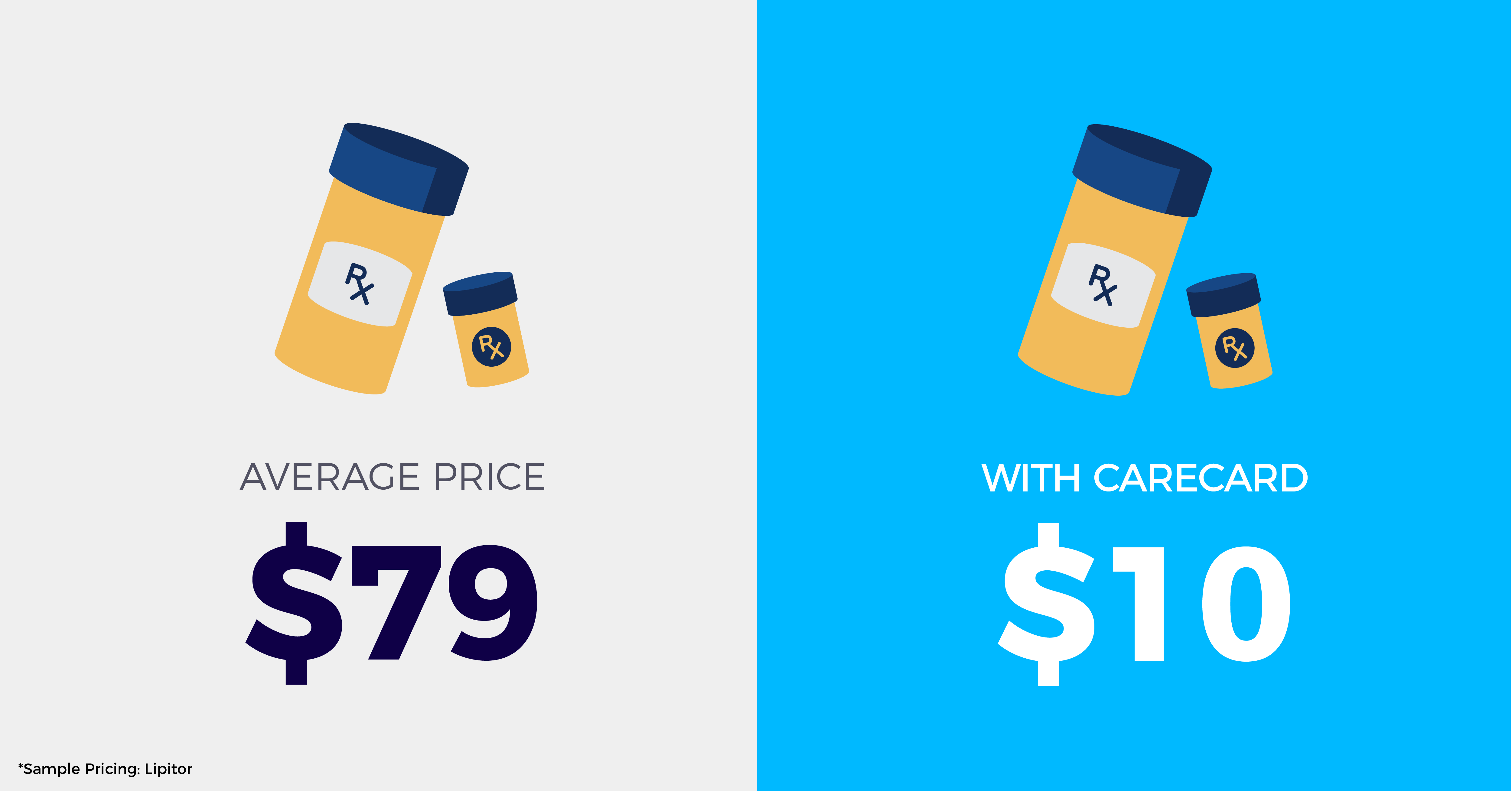The Rising Cost of Prescription Drugs
The Rising Cost of prescriptions and what to do about it
Prescription drugs are already unaffordable to many. Last year alone, $425 billion was spent on prescription drugs. Still, millions of Americans remain uninsured and/or underinsured. Even under the Affordable Care Act (ACA), many uninsured people cite the high cost of insurance as the main reason they lack coverage. Many people do not have access to coverage through a job, and some people, particularly poor adults in states that did not expand Medicaid, remain ineligible for financial assistance for coverage. Many who are eligible for financial assistance under the ACA may not know they can get help, and others may still find the cost of coverage prohibitive.
Drug prices continue to rise faster than either wages or the cost of living. According to consulting firm Segal Consulting, prescription drug costs for Americans under 65 years old are projected to jump 11.6 percent in 2017. Older Americans won’t get much of a break: Their drug costs are projected to rise 9.9 percent next year, compared with 10.9 percent in 2016. By comparison, wages are expected to rise just 2.5 percent in 2017.
With the uncertain future of healthcare reform and the potential repeal of the Affordable Care Act, consumers could be looking at a major setback in terms of drug affordability and access to care. For example, 25 percent of Americans (~28 million Americans) who regularly take prescription medications saw a price increase in the past 12 months.
Why is this Happening?
High Deductible Insurance plans:
The average deductible, according to figures from the Kaiser Family Foundation is $2,295 for an individual; $4,364 for a family. Until you have met your deductible, it means you’re stuck paying the full price for a drug.
Changes to your formulary:
Insurance companies in some cases will stop covering the medication, so consumers have to pay the entire amount. Last year, Express Scripts, one of the largest pharmacy benefit managers in the U.S., announced it would stop coverage for more than 85 medications.
What to do about it
One way you might avoid surprise changes is to confirm that your drugs are covered by your insurance plan before you sign up or renew coverage during open enrollment period—usually in October, November or December of each year. Additionally, asking your doctor for a cheaper drug alternative is another way to save. Generic drugs are still for the most part more affordable.
Use a Prescription Savings Network.
Carecard is a prescription savings network created for people to save on their prescription medicine. Prescription medications, like most products, are cheaper when purchased in bulk. By partnering with pharmacy suppliers, they are able to provide you savings on your prescriptions with your Carecard. By negotiating with pharmacies to provide low-cost medications, they bring discounted prices to consumers. You don’t have to sign up for anything, and there is no cost associated with using their cards or coupons. No matter if you are insured, uninsured or have a high deductible, they offer the lowest prescription prices on thousands of medications.
How it Works
Simply search your prescription on their website (www.takecarecard.com) to find the lower price near. Print out your Carecard discount card and present to the pharmacist. Save up to 80% on prescriptions.
Patients are able to present coupons at one of 60,000 participating U.S. retail pharmacies including Walmart, Kroger, Rite Aid, CVS, Duane Reade, Target, and Walgreens, potentially saving individuals up to $2,000 a year.

Congratulations @iamdave! You received a personal award!
You can view your badges on your Steem Board and compare to others on the Steem Ranking
Vote for @Steemitboard as a witness to get one more award and increased upvotes!